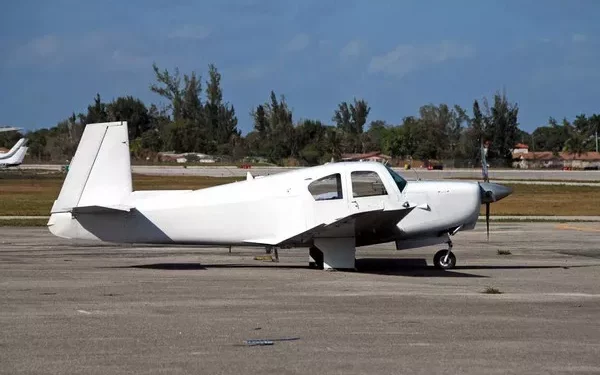The PILOT TURNS THE PLANE IN ALL directions BY MANIPULATING THE STEERING WHEEL (OR stick) AND THE PEDALS AND DEFLecting the ELEVATORS, AILerONS, AND rudder.
For example, pull back the steering wheel, elevator, nose up;
Push the steering wheel forward, and the elevator is tilted down and the nose is bent down.
Press the steering wheel to the left, the left aileron on the deviation, the right aileron under the deviation, the plane rolled to the left;
On the contrary, press the steering wheel to the right, right aileron on the deviation, left aileron on the deviation, the plane roll to the right.
Push the left pedal board forward (that is, push the left rudder), rudder left deflection, nose deflection;
On the contrary, push the right pedal forward (i.e. push the right rudder), rudder to the right and the nose to the right.
The shape of the wing mainly refers to the plane shape of the wing, the shape of the section, the torsion Angle and the inclination of the left and right wings.
The aerodynamic performance of the wing is mainly determined by the section and plane shape of the wing.
Therefore, the section shape and plane shape of the wing are respectively introduced below.
When looking up at an aircraft flying in the blue sky, the wing shape that reflects the characteristics of the aircraft is called the plane shape of the wing.
The plane shape of the wing is an important factor in determining the performance of an aircraft.
In early airplanes, the plane wing was mostly rectangular.
Rectangular wings are simple to make, but have high drag, so they are generally used in older aircraft and modern small planes.
In order to meet the need of improving flight speed and solve the contradiction between drag and flight speed, trapezoidal wing and elliptical wing were later produced.
Elliptical wings have the least drag (induced drag), but are not widely used because of manufacturing complexity.
The trapezoidal wing also has less drag and is easy to make, making it the most popular wing for piston-engine aircraft.
With the emergence of jet aircraft, when the flight speed is approaching or exceeding the speed of sound, new resistance (wave resistance) will be generated. In order to reduce the wave resistance, improve the flight speed and adapt to high-speed flight, swept wing, delta wing, S-shaped leading edge wing, double delta wing, variable swept wing and other wings have emerged, and have been widely used.
At present, the reason why swept wings are widely used in high-subsonic airliners is to improve the critical M number of wings and avoid greater wave resistance in important flight states, so as to improve the performance of the aircraft.
The difference of lift and drag of wings with different plane shapes is related to various parameters of wing plane shapes.
The parameters of wing plane shape are: aspect ratio, sharpness ratio and sweep Angle.
The latest market dynamics at any time to see, please pay attention to.












































